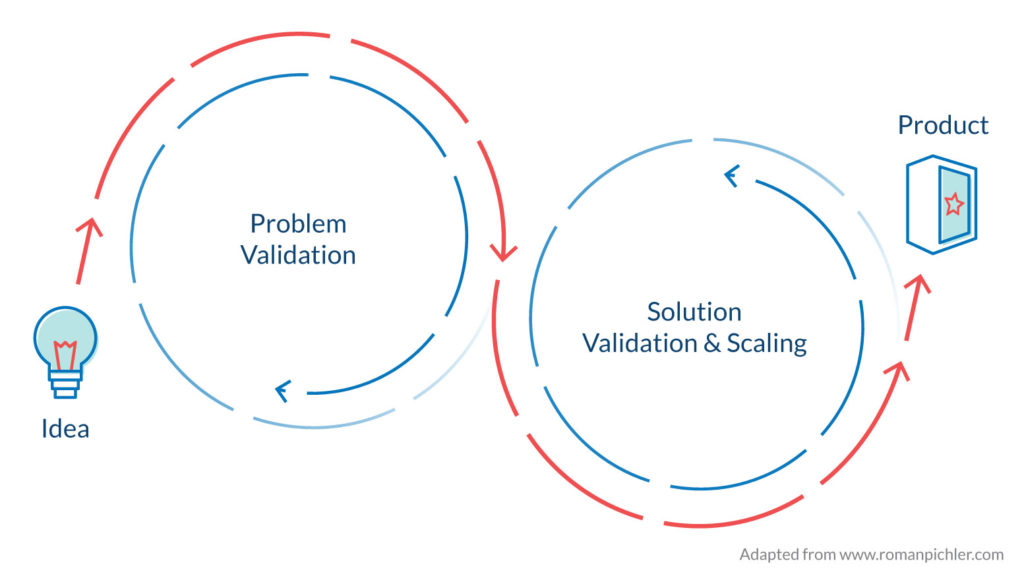We are often asked to define Lean Product Development (LPD) and usually we speak about product evolution and being flexible, but it is more than that. At it’s core, Lean Product Development requires that one is comfortable with an age-old truth; change is the only constant.
Thus, instead of employing massive market research, business analysis and deep, detailed requirements, we work early on prototyping, user feedback and constant product development to ensure a product that hits the sweet spot for you and your user.
Perhaps the best way to show Lean Product Development is in comparison to what was there before:
- Before, the role of driving the product was in too many hands with too many goals; a product marketing team, project managers and product managers. In LPD, we have a single source of truth, the Product Owner, whose sole responsibility is to charge forward with the product, to hear all stakeholders, find the path forward and guide the product to fruition
- Previously the teams would work in silos handing the product off to each other. With LPD, the Product Owner works closely with the Scrum Master, team and stakeholders on an ongoing basis
- Extensive and expensive market research, product planning and business analyses would be carried out before one considered involving development, design and UI. LPD is lean at its core and thus minimum upfront work is done, a vision is created, the problem is validated and we begin to work towards a rough outline of what the product will look like and what it will do
- Requirements were detailed and cast in stone versus LPD in which product creation is ongoing and evolves. A product backlog is maintained and shifts on the needs and feedback from the customer and users
- Customer feedback happens in the market, after launch and away from our ability to learn and grow. LPD has early and frequent release with sprint reviews to generate a product that users love because it was designed and developed with the customer and user
Before Lean Product Development, bringing an idea to market meant a great deal of market research and analysis. Within LPD, that research is assisted and even sped up with validating the problem and validating the solution. It is easiest to think of it as two interlocking circles that feed into each other to ensure optimal deliverance of a product that is checked and cross checked in the real world. The first circle is Validate the Problem and the second is Validate the Solution.
Once a problem is validated, we move to validating the solution and these work together to create a product that is built within the market instead of outside of it.





